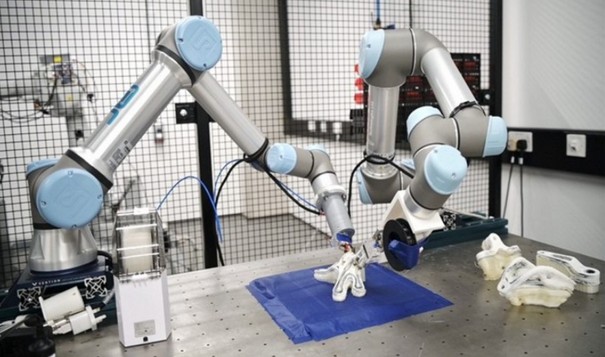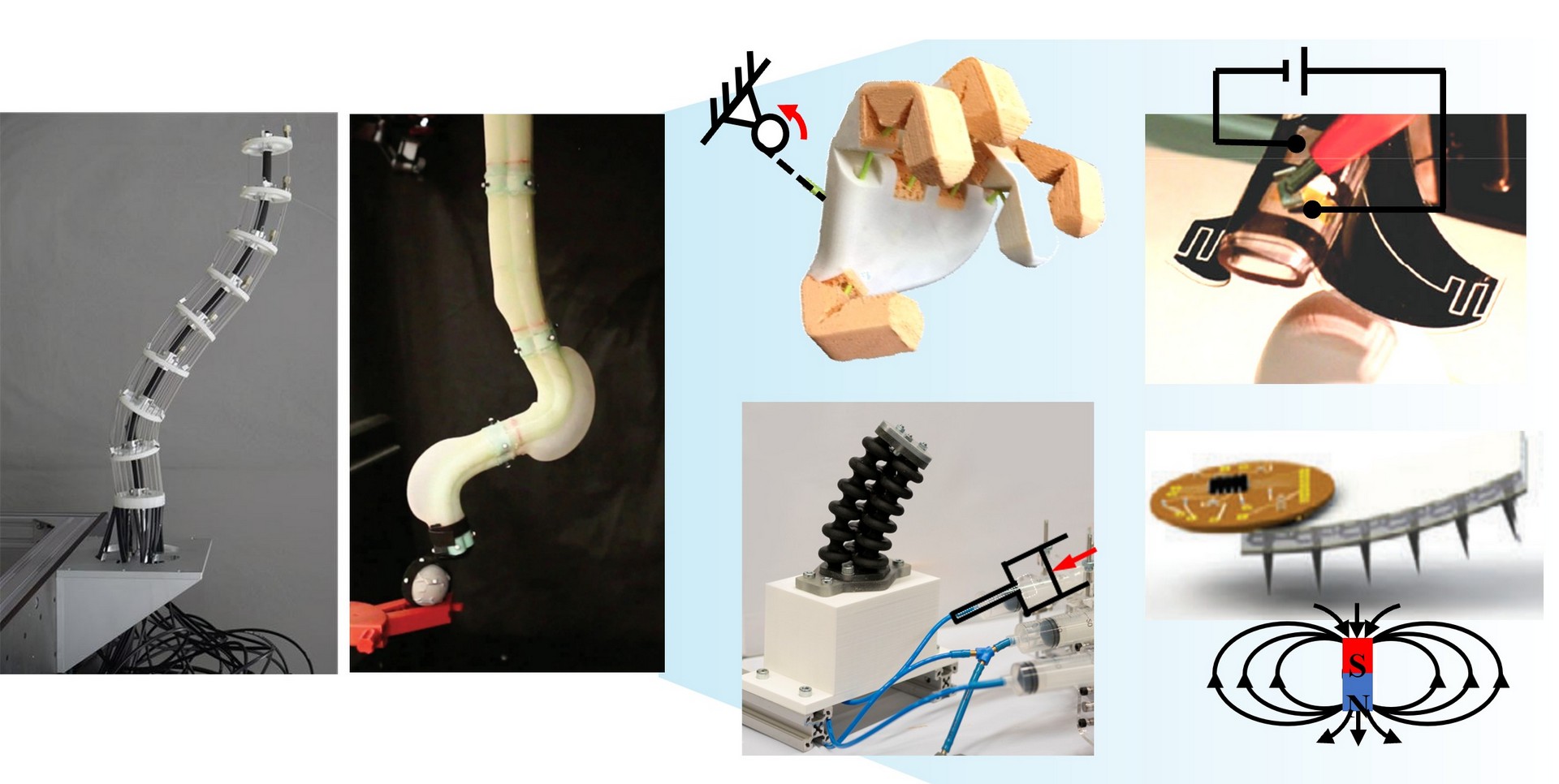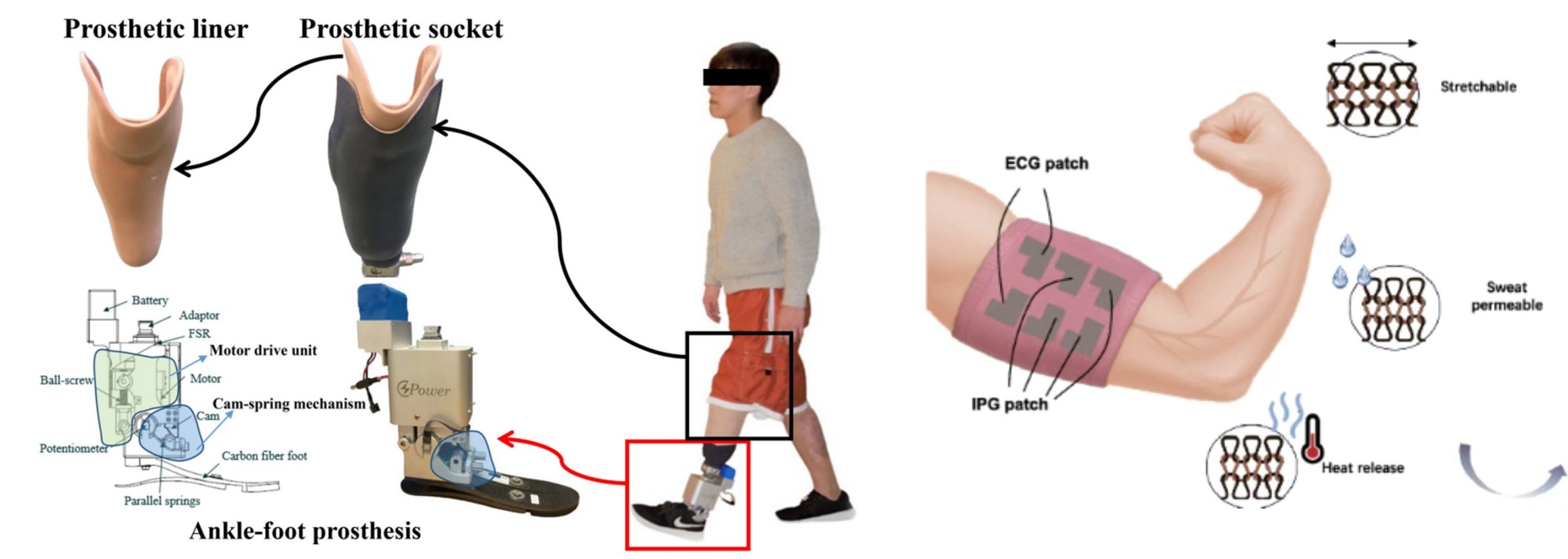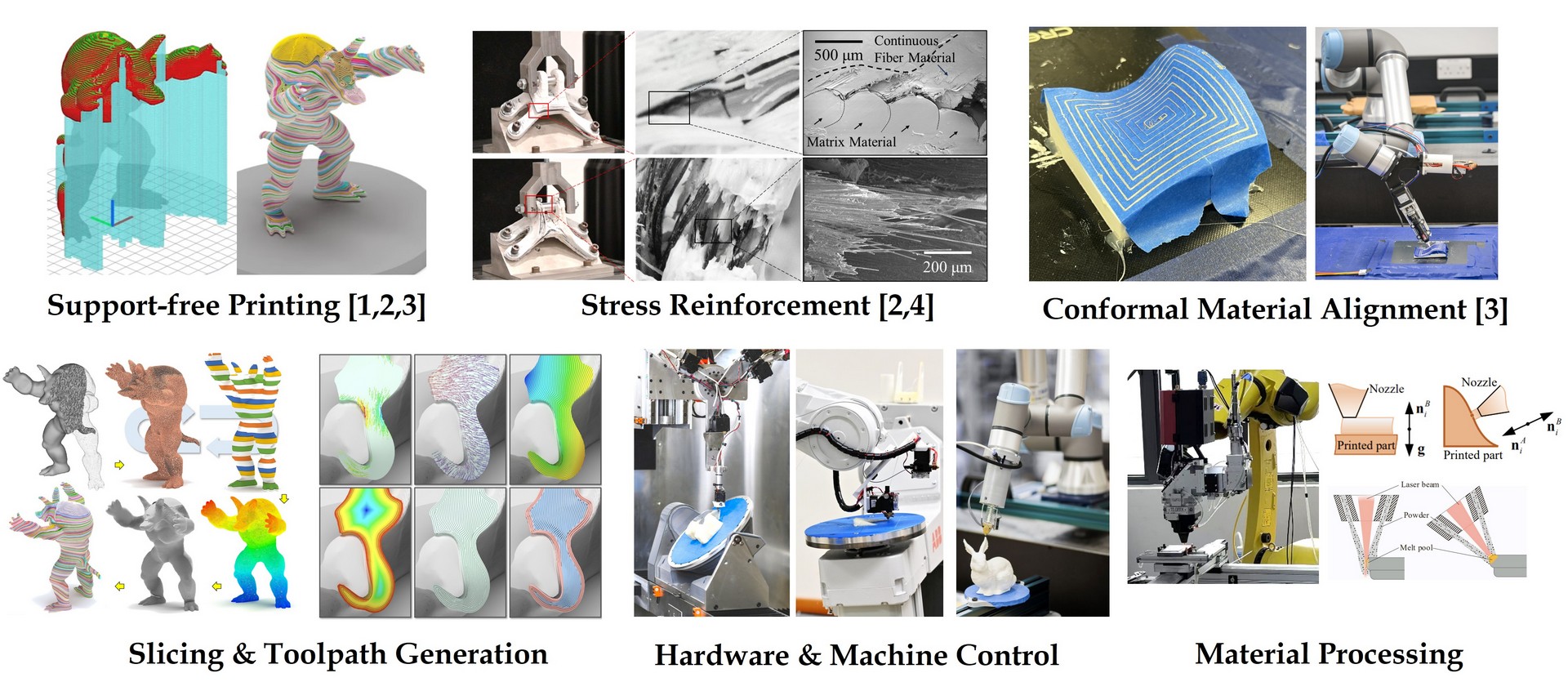Soft Robot
Soft robots exhibit remarkable adaptability to their
surroundings and ensure safe human interaction, and the importance of
computational tools in soft robotics research is well-recognized, in our group, we encompassing the research in rapid prototyping (by 3D printing), kinematics computation (for configuration space), automated design, and sensor-based proprioception in soft robots.
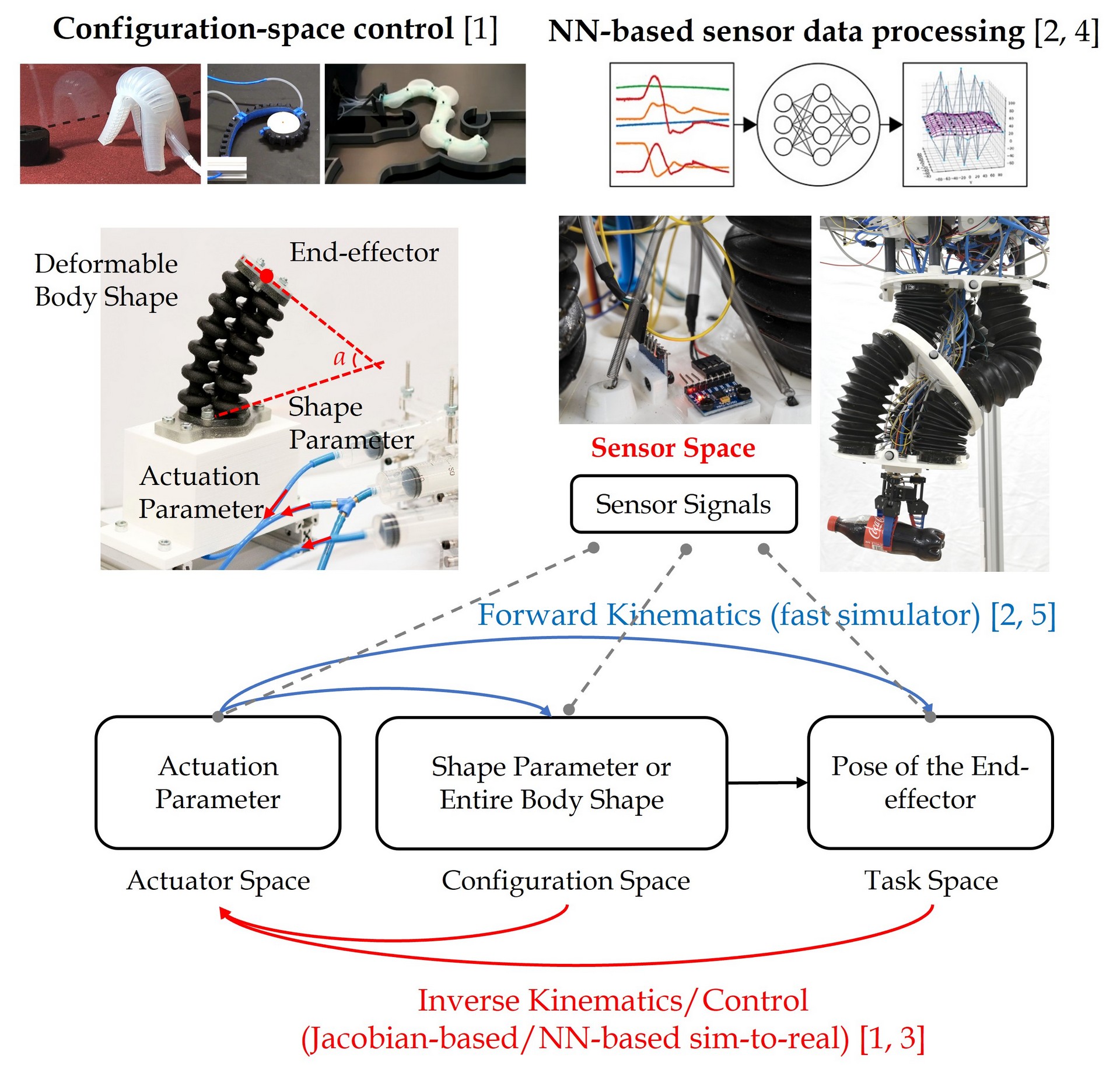
Selected Publication:
(p.s. the numerical simulator in T-RO2020, IROS 2022, and T-OG 2024 are open-source)
[1] Correspondence-Free, Function-Based Sim-to-Real Learning for Deformable Surface Control, IEEE Transactions on Robotics, 2025.
[2] Accelerate neural subspace-based reduced-order solver of deformable simulation by Lipschitz optimization, ACM Transactions on Graphics, 2024.
[3] Spring-IMU fusion based proprioception for feedback control of soft manipulators, IEEE/ASME Transactions on Mechatronics , 2023.
[4] Efficient Jacobian-based inverse kinematics with sim-to-real transfer of soft robots by learning, IEEE/ASME Trans. Mechatronics, 2022.
[5] Soft robotic mannequin: design and algorithm for deformation control, IEEE/ASME Transactions on Mechatronics, 2022.
[6] Sensing and reconstruction of 3D deformation on pneumatic soft robots, IEEE/ASME Transactions on Mechatronics, 2021.
[7] Kinematics of soft robots by geometric computing, IEEE Transactions on Robotics, 2020, ICRA Conf. 2018.
IEEE IROS Conf. 2022.
